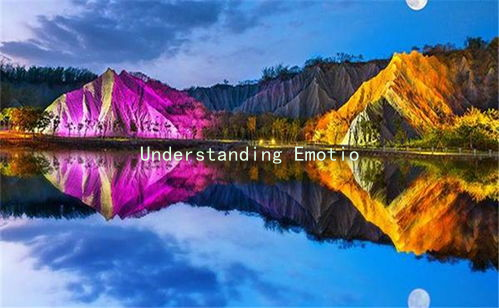Exploring Sexual Desire: Gender Differences and Their Impact on Relationships
Exploring Sexual Desire: Gender Differences and Their Impact on Relationships
In the intricate dance of romance and intimacy, sexual desire serves as a foundational element that shapes the dynamics of relationships. Understanding the nuances of sexual desire, particularly the differences between genders, can lead to healthier, more fulfilling connections. This article explores these gender differences and discusses how they impact romantic relationships.
First and foremost, it’s essential to acknowledge that sexual desire is influenced by a complex interplay of biological, psychological, and social factors. Men are often socialized to express and pursue sexual desire more openly and aggressively. This is partly due to cultural norms that celebrate masculine sexual assertiveness. On the other hand, women’s sexual desire is frequently shaped by relational and emotional contexts. Research indicates that women may be more likely to experience sexual desire in the presence of emotional intimacy, feeling safe and secure with their partner.
These differences can sometimes lead to misunderstandings in relationships. For example, a man may interpret a lack of sexual interest from his partner as a rejection or a signal of disinterest in the relationship itself. Conversely, a woman may perceive her partner’s strong focus on sex as a shallow approach to intimacy, potentially feeling overlooked or undervalued. Recognizing these differing motivations is crucial for fostering compassion and communication.

Effective communication about sexual desires is vital in navigating these differences. Couples should openly discuss their individual needs, preferences, and fears without judgment. This dialogue can help bridge the gap between contrasting desires. Simple conversations that start with phrases like I feel or I would love to can create an atmosphere of mutual understanding and respect. It’s also important to ask open-ended questions about each other’s desires, as this invites exploration and flexibility in understanding what turns each partner on.
Moreover, sexual desire is not static but can evolve over time due to life changes, stress, and emotional health. Couples must be adaptable and willing to explore new avenues together. This might include trying new experiences, seeking therapy, or simply dedicating time to prioritize intimacy. Engaging in activities that strengthen emotional bonds, such as shared hobbies or simple conversations, can enhance sexual intimacy by reinforcing the connection that is often a prerequisite for sexual desire.
Cultural and societal influences also play a pivotal role in shaping how men and women experience sexual desire. In many societies, traditional gender roles dictate the norms and expectations surrounding sexuality. Awareness of these cultural pressures can help individuals navigate their desires in a way that feels authentic and liberating, rather than constrained by societal expectations.
Ultimately, understanding the gender differences in sexual desire and their impacts on relationships can empower couples to engage in more fulfilling and satisfying intimate connections. It encourages a shift from assumptions to deeper understanding, fostering emotional intelligence that is crucial for lasting relationships. By cultivating open communication, empathy, and adaptability, couples can not only navigate these differences but also enrich their romantic experiences, leading to a stronger, more resilient partnership.





